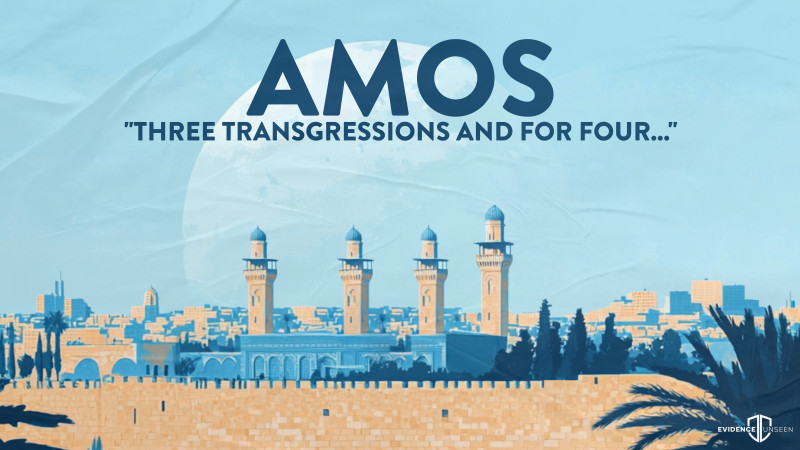Archer, Gleason. A Survey of Old Testament Introduction (3rd. ed.). Chicago: Moody Press. 1994. 353.



Amos’ name most likely means “burden-bearer.” He lived in Tekoa (Amos 1:1), which was a city ten miles south of Jerusalem. The city rested on the Judean range where Amos was a herdsman by trade (Amos 1:1; 7:14). Since his father is never mentioned, he could’ve come from humble backgrounds. Even though he was never formally trained as a prophet, he responded to God’s call to go speak to his people. Amos himself said, “I am not a prophet, nor am I the son of a prophet; for I am a herdsman and a grower of sycamore figs. 15 But the LORD took me from following the flock and the LORD said to me, ‘Go prophesy to My people Israel (Amos 7:14-15).
Critics do not often challenge the authenticity of Amos. Gleason Archer writes that “critics concede the authenticity of nearly all the text of Amos.” Only a handful of verses have been questioned as later insertions, but this is based on the assumption that Israel’s history was compiled in the Documentary Hypothesis, which has been discredited (see “Authorship of the Pentateuch”). McComiskey concurs stating that “almost all scholars agree that the prophecy of Amos is, at least in essence, an authentic production of the man whose name it bears.” He states that this is due to the type of language, vocabulary, and style that fits with an 8th century date.
Archer writes that there “is general agreement among Old Testament scholars that Amos’ ministry is to be dated between 760 and 757 BC, toward the latter part of the reign of Jeroboam II (793–753).” McComiskey concurs, dating this book sometime before 760 BC.
Amos spoke against the wealth and opulence of the people in his day (e.g. Amos 6:4). Thomas McComiskey writes, “Archaeology has illuminated this period through a number of discoveries. Excavations at Samaria, the capital of the northern kingdom, have yielded hundreds of ivory inlays attesting to Amos’s description of the luxury enjoyed by these people.”
In the book of Amos, God is depicted as a “lion” (1:2), circling His prey and judging everyone around Israel. Amos draws in his audience by getting the people to agree with God’s judgment against everyone else. He has the people agreeing with him, because the enemies of Israel are so evil.
But then he turns the tables on his readers and says, “If God is truly just… what about YOUR evil practices?!” Then he preaches judgment on the people of Israel. He explains that God is going to judge them, and nothing can protect them besides repentance to God’s moral will. By the end of the book, the Temple is destroyed and all hope is lost… But then Amos predicts a time when the Temple and people will be restored.
Commentary on Amos
Unless otherwise stated, all citations are taken from the New American Standard Bible (NASB).
Archer, Gleason. A Survey of Old Testament Introduction (3rd. ed.). Chicago: Moody Press. 1994. 353.
McComiskey, T. E. (1986). Amos. In F. E. Gaebelein (Ed.), The Expositor’s Bible Commentary: Daniel and the Minor Prophets (Vol. 7, p. 270). Grand Rapids, MI: Zondervan Publishing House.
Archer, Gleason. A Survey of Old Testament Introduction (3rd. ed.). Chicago: Moody Press. 1994. 353.
McComiskey, T. E. (1986). Amos. In F. E. Gaebelein (Ed.), The Expositor’s Bible Commentary: Daniel and the Minor Prophets (Vol. 7, p. 275). Grand Rapids, MI: Zondervan Publishing House.
McComiskey, Thomas. Amos. In F. E. Gaebelein (Ed.), The Expositor’s Bible Commentary: Daniel and the Minor Prophets (Vol. 7). Grand Rapids, MI: Zondervan Publishing House. 1986. 270.

James earned a Master’s degree in Theological Studies from Trinity Evangelical Divinity School, graduating magna cum laude. He is the founder of Evidence Unseen and the author of several books. James enjoys serving as a pastor at Dwell Community Church in Columbus, Ohio, where he lives with his wife and their two sons.
